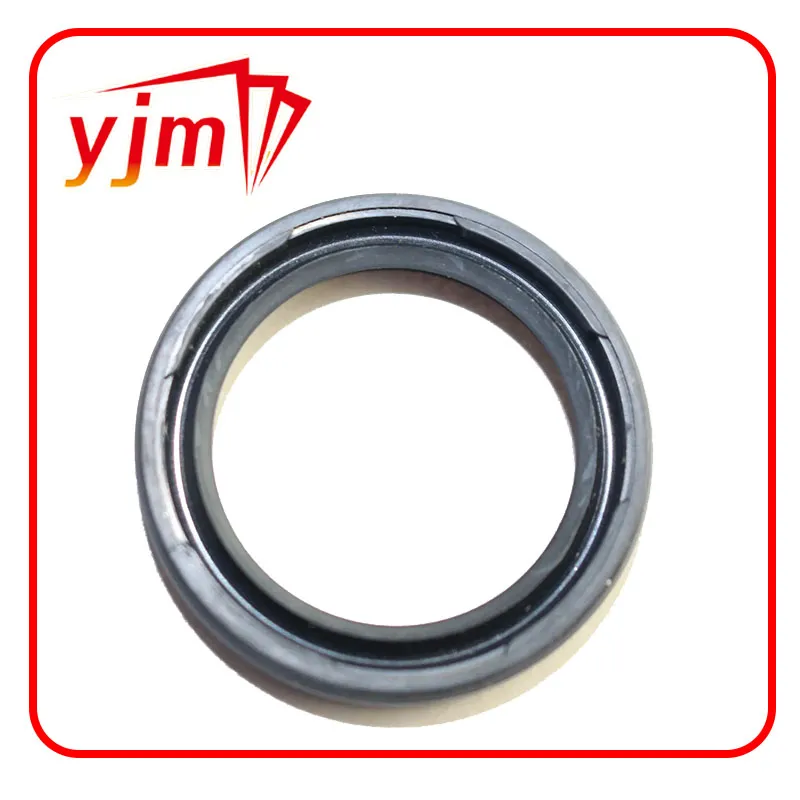Axial Shaft Seal Types and Applications in Mechanical Systems
Understanding the Axial Shaft Seal Importance and Applications
In the world of mechanical engineering and fluid handling systems, the axial shaft seal plays a crucial role in preventing leaks and ensuring the efficient functioning of various machinery. Often considered a small but vital component, the axial shaft seal is designed to maintain the integrity of an equipment’s internal environment by sealing the gap between the rotating shaft and the housing.
What is an Axial Shaft Seal?
An axial shaft seal is a sealing device that prevents the escape of liquids or gases from a rotating shaft to the external environment. It functions primarily on the axial plane, meaning that the sealing action occurs along the shaft's length rather than radially. This design is particularly useful in applications where maintaining pressure and preventing contamination are critical.
The construction of an axial shaft seal typically involves a combination of elastomers, metal components, and sometimes specialized materials for high-performance requirements. The flexibility of the elastomer allows it to conform closely to the shaft, creating an effective barrier against leakage.
Importance of Axial Shaft Seals
1. Leak Prevention The primary function of the axial shaft seal is to prevent fluid leakage from the equipment. This is particularly important in systems such as pumps, compressors, and motors where fluid retention is necessary for optimal operation.
2. Contamination Control In addition to preventing leaks, these seals also keep external contaminants out of the machinery. Dust, dirt, and other particles can severely damage moving parts, leading to equipment failure and increased maintenance costs.
3. Efficiency Effective sealing can significantly enhance the efficiency of a machine. By reducing the loss of fluids and the ingress of harmful particles, axial shaft seals contribute to more reliable and efficient performance over time.
Applications of Axial Shaft Seals
Axial shaft seals are utilized across various industries, including automotive, aerospace, manufacturing, and more. Some specific applications include
axial shaft seal

- Automotive Engines In vehicles, axial shaft seals are commonly found in engines, transmissions, and differential units to manage oil leakage and keep the internal environment clean.
- Pumps and Compressors Centrifugal pumps and rotary compressors rely on these seals to prevent the loss of fluids and ensure consistent pressure levels, which are vital for their operation.
- Industrial Machinery Many types of industrial machines, from conveyor systems to hydraulic equipment, incorporate axial shaft seals to maintain performance standards and reduce downtime due to leaks.
Factors Influencing Seal Performance
The performance of an axial shaft seal can be affected by several factors
- Material Selection The choice of material is vital as it must withstand the operating conditions, including temperature fluctuations, chemical exposure, and mechanical wear.
- Shaft Surface Finish A smoother surface finish on the shaft can enhance the sealing effectiveness, reducing wear and extending the seal's lifespan.
- Installation Practices Proper installation is critical to ensuring an effective seal. Misalignment or improper fitting can lead to premature failure and ultimately compromise the machinery's performance.
Conclusion
In summary, the axial shaft seal is an essential component in many mechanical systems. Its ability to prevent leaks and contamination contributes significantly to the reliability and efficiency of various applications. As industries continue to evolve, the need for effective sealing solutions like the axial shaft seal will remain paramount, underscoring its importance in modern engineering practices. Understanding its function and applications will empower engineers and technicians to make informed choices in their designs and maintenance routines, ultimately leading to improved operational performance.
-
Understanding the Front Main Engine Seal: Purpose, Maintenance, and Installation
News Jul.29,2025
-
Understanding O-Rings and Seal Rings: Types, Applications, and Custom Solutions
News Jul.29,2025
-
Understanding Crankshaft Oil Seals: Rear Seals, Pulley Seals, and Their Role in Engine Integrity
News Jul.29,2025
-
The Importance of Front and Rear Crankshaft Seals in Engine Performance and Oil Management
News Jul.29,2025
-
Crank Oil Seals: Functions, Types, and Cost Considerations in Engine Maintenance
News Jul.29,2025
-
A Comprehensive Guide to O-Rings and Seals: Types, Materials, and Global Applications
News Jul.29,2025
-
Mastering Diesel and Performance Engine Maintenance: A Guide to Critical Oil Gaskets
News Jul.28,2025
Products categories















